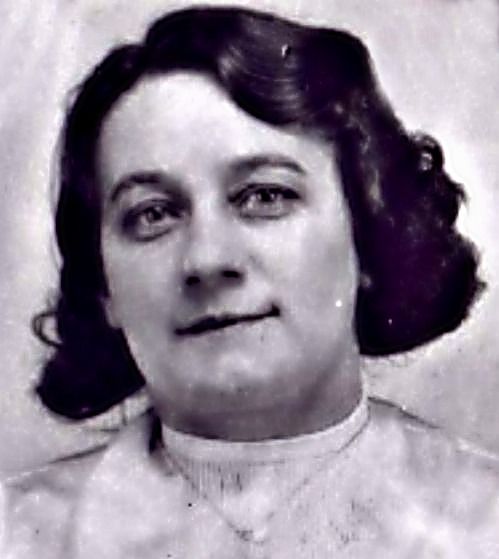"The Bavarian poisoner"
Anna Schönleben was born in Nuremberg in 1760. Described by the chroniclers of the time as a woman "rough, unattractive, without femininity and without oratorio", she would be dragged to crime for her unfortunate marriage to her husband.
Her husband turned out to be a drunken thug who squandered Anna's estate before dying of alcoholism. When this happened, Anna was 40 years old. After trying to work in a toy factory, she started serving in homes hoping to find a more considerate husband among her employers.
His first intent was a judge named Glaser. Unfortunately for her, he was separated only by his wife. Although Anna would try to prevent a reconciliation between Glaser and his wife. Once the lady came home, Anna started supplying arsenic in her tea until her death. Despite this, the judge did not want to accept her in marriage, and Anna poisoned several people, out of spite, during a dinner organized by the judge. Fortunately, they are all survivors.
After being fired by Judge Glaser, Zwanziger found work in another man's house in the law. Judge Grohmann would be Anna's new marriage goal. But luck again played another trick on him as he announced shortly after Grohmann, his marriage plans with another woman. But the housekeeper would not accept such a decision and administered poison in a soup to the lord, who would die painfully. That same night, Anna tried to poison two frustrated servants, with whom she had no good relations.
His next home to serve would be that of another judge. Judge Gebhard was married. But the new maid will soon distribute doses of poison in the usual way. The landlord's health would get worse soon, dying next week with tremendous stomach pains. Absolutely maddened by the power of the poison and its theoretical immunity, Anna poisoned two other servants and the son of the judge, who administered a biscuit with arsenic. The service partners have survived but the child does not. Observing the suspicious illness of almost all the inhabitants of the house, the judge analyzed the remains of food and could observe remains of arsenic. But when she found out what it was, Anna had already escaped, but not before she had left generous doses of poison in the sugar and in the salt shaker.
In October 1809, Anna was arrested after sending several letters to the Grohmann family expressing love for her late son and was willing to forget the grievances she had suffered and resume her duties.
After six months of interrogation, Anna finally confessed. He said: "Yes, I killed them and I would do it again if I had the chance". He also referred to arsenic as "his faithful friend". Before being condemned and beheaded in July 1811, he told his executioners: "Perhaps it will be better for the community to die, since it would be impossible for me to renounce the practice of poisoning people".
Anna Maria Zwanziger (Nuremberg, 1760 - July 1811) was a German serial killer and one of the first criminals to use poison as the main weapon of its liquidation.
